Microsoft has discreetly phased out the sale of Skype Credit and Skype Number features, opting to prioritize subscription-based plans over these long-standing pay-as-you-go services. The change signals a significant shift in Microsoft’s approach to Skype, which has been a popular platform for internet-based calling for years.
Skype Credit, a flexible pay-as-you-go system for making local and international calls, and Skype Number, which provided users with a dedicated phone number for receiving calls through Skype, are no longer available for new purchases. Both services have been integral to Skype’s appeal, especially for users seeking an affordable alternative to traditional phone services for reaching landlines and mobile phones.
“New sales of Skype numbers and Skype credit have stopped, but customers can still use existing Skype numbers and credits,” said Amit Fulay, Microsoft’s vice president for Teams and Skype, in a statement to The Verge. He also highlighted that users can now opt for monthly Skype subscriptions for outbound PSTN calling services or utilize Skype’s free VoIP features for voice and video calls.
While current Skype phone numbers and credit balances remain functional, this move suggests that Microsoft may eventually transition all users to subscription plans. Although customers can still spend their remaining Skype Credit, they won’t be able to add more funds to their accounts. Similarly, while Skype subscriptions offer outbound calling services, they don’t provide a direct replacement for the Skype Number feature, which allowed others to call users directly via a dedicated phone number.
This lack of a one-to-one substitute for Skype Number could inconvenience long-time users who relied on the feature for its simplicity and utility. The shift toward subscriptions aligns with a broader industry trend but could alienate some of Skype’s traditional user base.
The discontinuation of these services comes amid other notable changes to Skype. Earlier this year, Microsoft surprised users by removing ads from the platform and introducing new features like AI-powered image generation. Despite these updates, Skype has struggled to maintain its relevance in an increasingly competitive market dominated by platforms like WhatsApp, Zoom, and FaceTime.
Since its acquisition by Microsoft in 2011, Skype has faced growing challenges, particularly as Microsoft has pivoted more attention toward its Teams platform. The launch of a personal version of Teams in 2020 further signaled a shift in focus away from Skype as Microsoft aimed to capitalize on the rising demand for collaborative and professional communication tools.
Microsoft Teams, originally designed for workplace collaboration, has rapidly expanded its reach, especially during the pandemic, which spurred widespread adoption of remote work tools. By introducing a personal version of Teams, Microsoft has effectively positioned it as a competitor to consumer-oriented communication apps.
This strategic shift has left Skype in an awkward position. Once a frontrunner in internet-based calling, Skype now finds itself overshadowed by Teams, which benefits from Microsoft’s significant investment in enterprise and personal collaboration features.
While Skype remains a viable platform for free VoIP voice and video calls, its long-term prospects are uncertain. The decision to phase out Skype Credit and Skype Number indicates that Microsoft may be streamlining its offerings to focus more on subscriptions and its more versatile Teams platform.
For users who have relied on Skype’s pay-as-you-go features or its dedicated phone number service, these changes may feel like the end of an era. At the same time, Microsoft’s emphasis on subscriptions reflects a broader industry trend toward recurring revenue models, which offer businesses greater predictability and growth potential.
As Microsoft continues to innovate and adapt its communication tools, the challenge will be maintaining a distinct identity for Skype while addressing the needs of its loyal user base. Whether these changes will revitalize the platform or further diminish its relevance remains to be seen.
For now, existing users can still use their Skype Numbers and credit balances, but the lack of a clear replacement for these features suggests that long-term users may need to consider alternatives or adapt to the subscription-based model. The broader changes also reflect Microsoft’s ongoing effort to refine its portfolio of communication tools, with Teams emerging as the central focus of its strategy.
Conclusion
The quiet discontinuation of Skype Credit and Skype Number marks a significant shift for the platform, which has long been a staple of internet-based communication. While existing users are temporarily unaffected, the move signals Microsoft’s intention to push toward a subscription-driven model.
As Skype continues to evolve in the shadow of Teams, its ability to remain relevant in a competitive market filled with strong alternatives will likely depend on how well it adapts to changing user needs and market trends. Whether this shift represents a new chapter for Skype or the beginning of its gradual fade from prominence, one thing is clear: Microsoft’s priorities are changing, and Skype’s future will be shaped by those evolving strategies.
